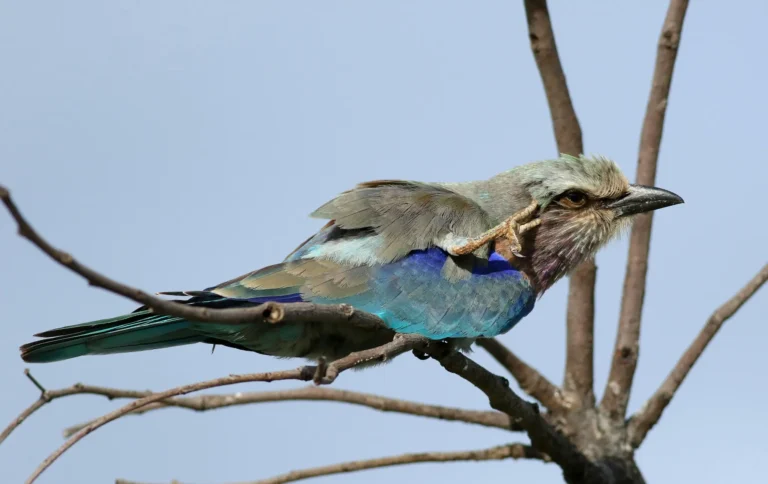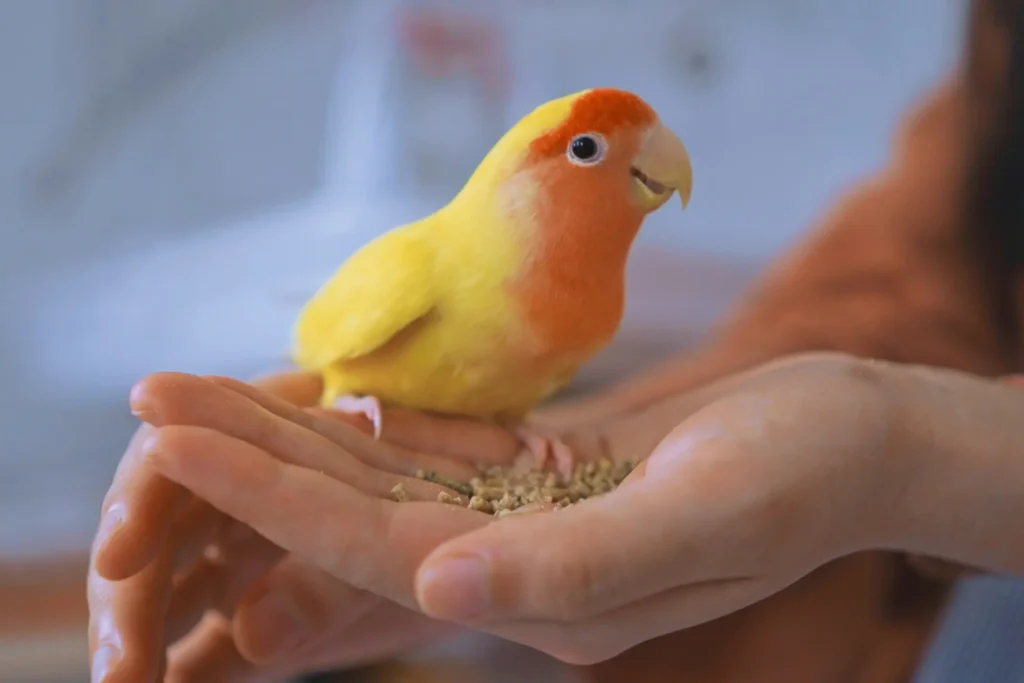All About Fowl Birds: Types, Species & Expert Care Guide
Discover everything about fowl- bird types, identification, and care in this expert guide. Learn the difference between species and care tips.
Fowl birds are among the most familiar and important types of birds, whether you're a backyard poultry enthusiast, a birdwatcher, or just curious. From chickens and ducks to game birds like pheasants, the world of the fowl- bird is vast and fascinating.
In this guide, we'll break down the types of fowl birds, how to identify them, species differences, and how to care for them—whether you raise them or simply admire them in the wild.
Types of Fowl Birds
The term fowl- bird broadly includes birds in the Galliformes and Anseriformes orders—chickens, ducks, geese, quails, pheasants, and turkeys. These birds are either raised for food, feathers, or enjoyed for their beauty and behavior.
Common Types of Fowl Birds
- Chickens – The most widely kept domestic fowl worldwide
- Ducks – Known for their waddling walk and waterproof feathers
- Turkeys – Native to North America, popular for meat production
- Quail – Small, ground-dwelling birds with speckled plumage
- Pheasants – Game birds with vivid plumage, often found in the wild
- Guinea Fowl – Hardy, spotted birds with loud calls
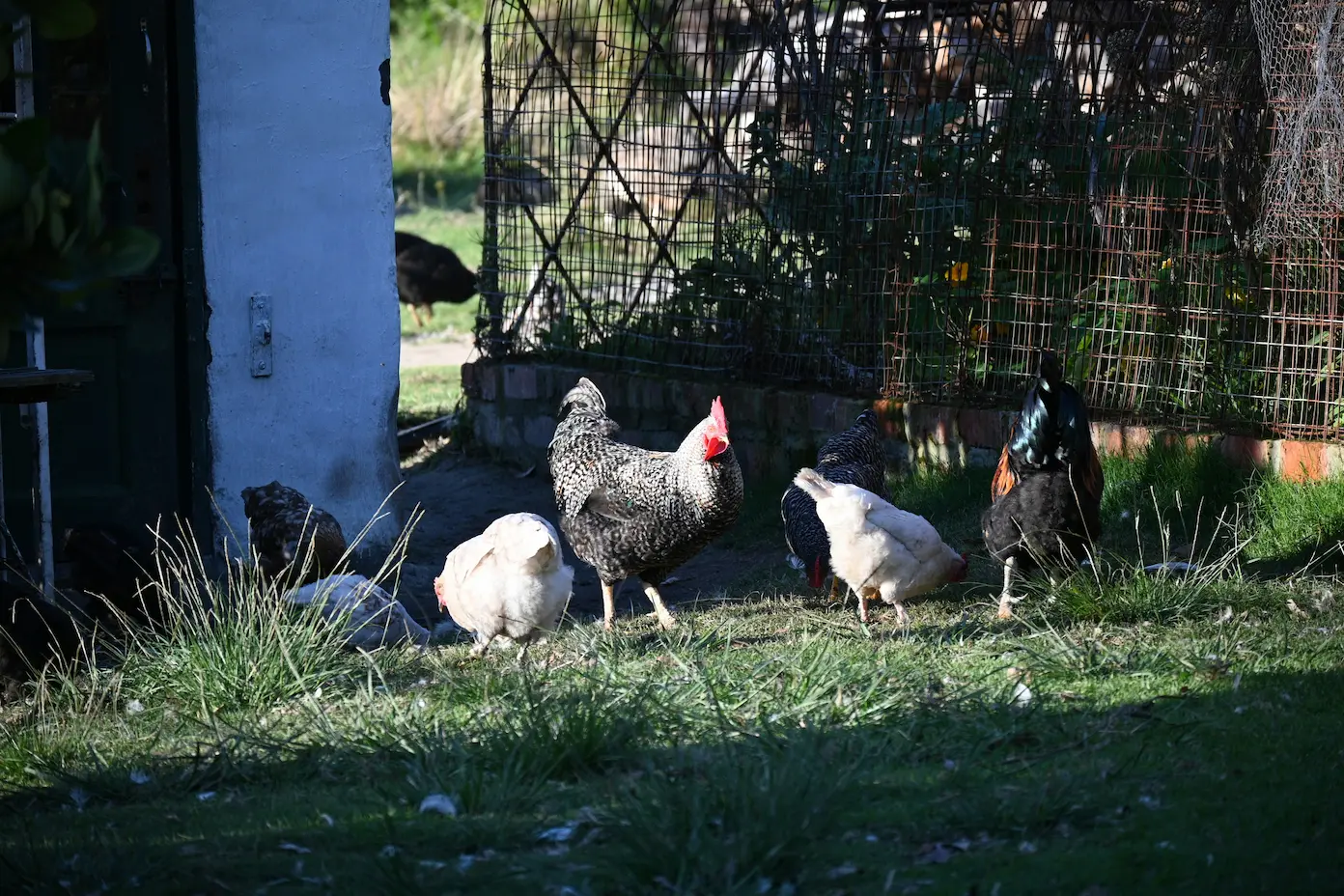 Image Credit: Tanya Paquet
Image Credit: Tanya Paquet
Fowl Bird Species and Their Habitats
Fowl bird species vary significantly in size, color, habitat, and behavior. Domestic fowl live in managed environments like farms and backyards, while wild fowl inhabit forests, wetlands, and grasslands. Some common fowl bird species include:
- Red Junglefowl – The wild ancestor of the domestic chicken
- Greylag Goose – An ancestor of many domestic geese
- Mallard Duck – Found globally; origin of most domestic ducks
- Ring-necked Pheasant – Native to Asia, now common in North America and Europe
Many of these birds are highlighted in birdwatching resources like Audubon Bird Guide, which offers detailed profiles and sounds.
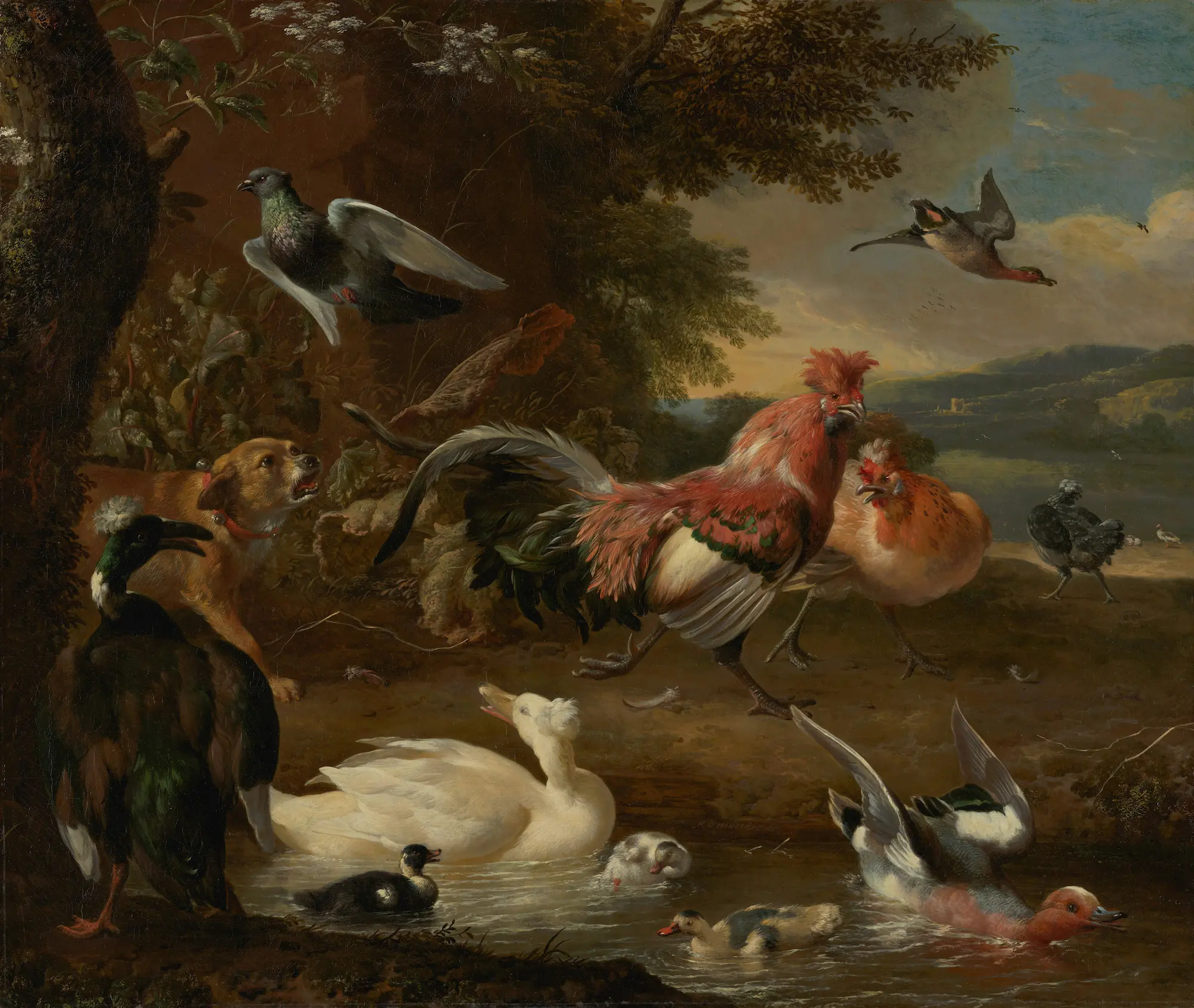 Image Credit: Europeana
Image Credit: Europeana
Fowl Bird Identification
Correct fowl bird identification is essential whether you're raising them or observing them. Each species has unique features such as:
How to Identify a Fowl Bird
- Plumage color and markings (e.g., spotted, striped)
- Size and body shape – Quail are small; turkeys are large
- Beak type – Ducks have flat bills, chickens have pointed beaks
- Leg color and length
- Sound and vocalizations
Birdwatchers often use apps like eBird by Cornell Lab for tracking and identifying local fowl bird species.
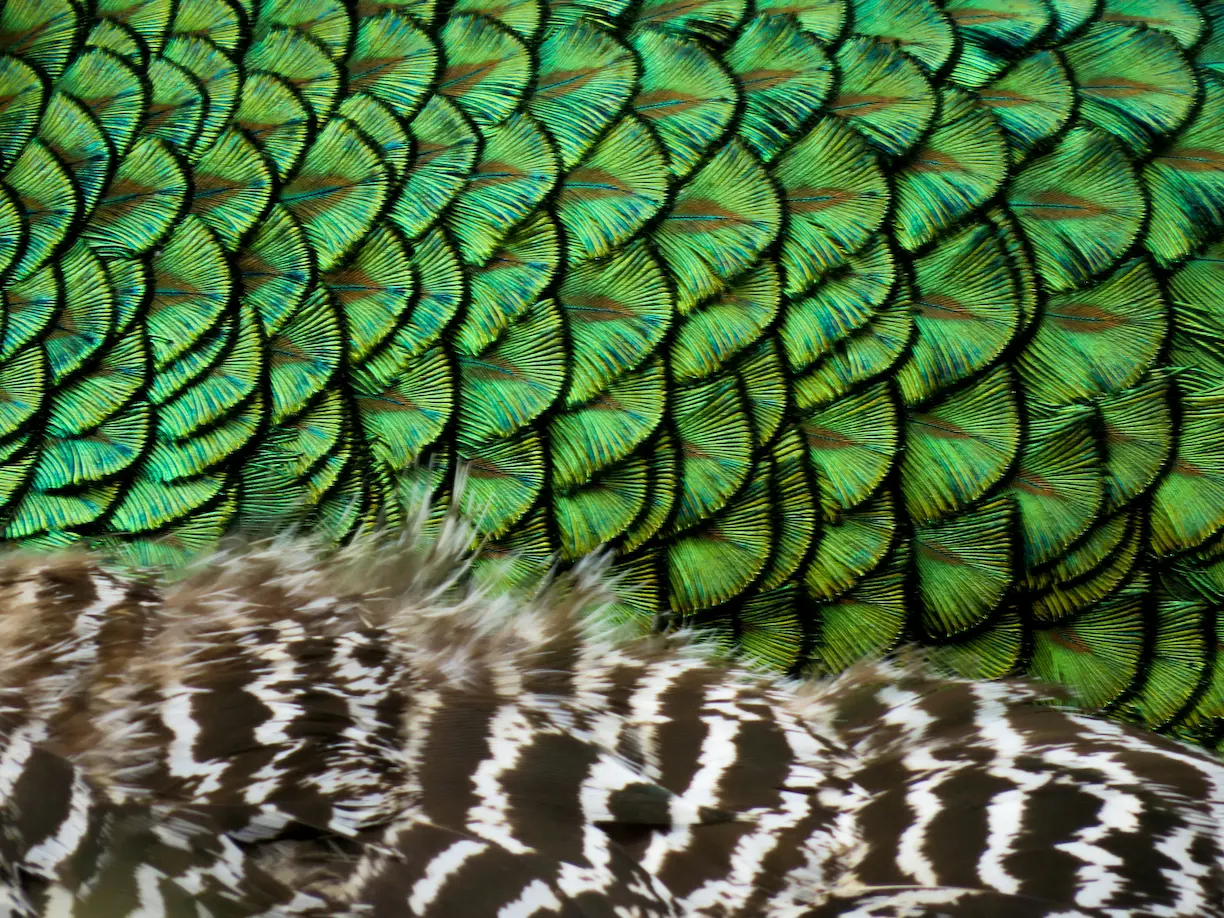 Image Credit: jbc
Image Credit: jbc
Fowl Bird Care: Raising Happy & Healthy Birds
Proper fowl bird care includes nutrition, housing, protection from predators, and hygiene. Whether you’re keeping backyard chickens or raising game birds, consistent care is essential for their well-being.
Basic Care Tips for Fowl Birds
- Provide clean, dry, and ventilated housing – use a weatherproof chicken coop
- Use fresh water daily and refill feed stations – try this gravity-fed waterer
- Protect from predators with enclosed coops and secure fencing
- Check regularly for parasites like mites or lice – use a natural poultry dusting powder
- Feed species-appropriate diets – such as this high-protein layer feed
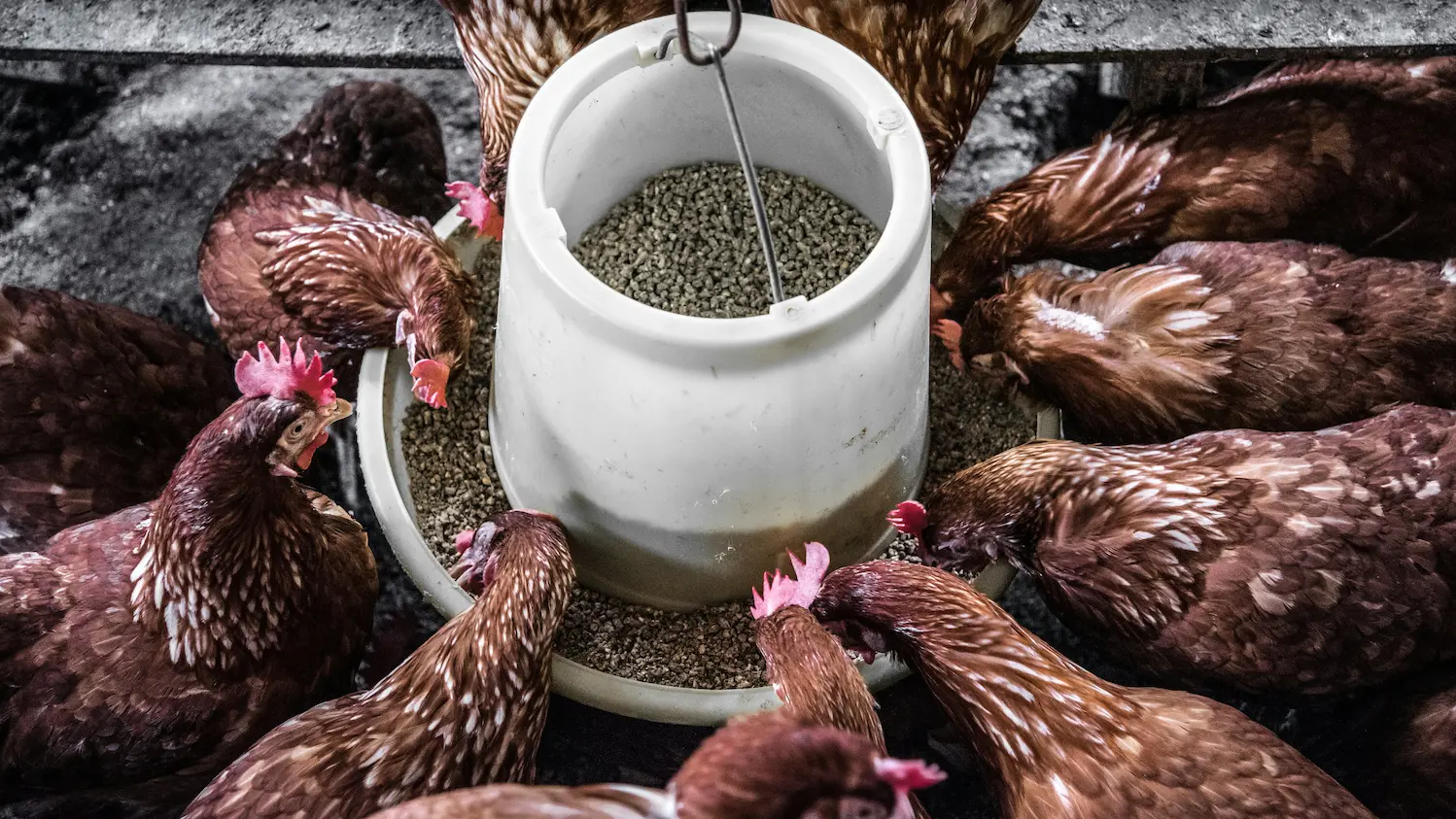 Image Credit: Arisa Chattasa
Image Credit: Arisa Chattasa
Recommended Products for Fowl Bird Owners
- Harris Farms Poultry Drinker – Keeps birds hydrated all day
- Little Giant Egg Basket – Handy and rust-resistant for egg collection
- Chicken Coop Heater – Safe warmth during winter months
- Manna Pro Organic Chicken Feed – High-quality non-GMO nutrition
FAQs About Fowl Birds
Q1: What is considered a fowl bird?
A: Fowl birds include domestic and wild species like chickens, ducks, geese, turkeys, and pheasants. They belong to the Galliformes or Anseriformes orders.
Q2: What’s the best way to identify fowl bird species?
A: Use visual markers like feather patterns, size, and beak shape. Apps like eBird and Audubon can also help in fowl bird identification.
Q3: Can I raise multiple types of fowl birds together?
A: Yes, but ensure adequate space and species-compatible behavior. Chickens and ducks often cohabitate peacefully with proper care.
Conclusion
Fowl birds are an integral part of ecosystems, farms, and homes. Understanding their types, species, identification, and care empowers you to raise them responsibly or enjoy them in the wild.
Whether you’re a new backyard poultry owner or a passionate birdwatcher, we hope this guide helps you appreciate the feathered world of fowl birds even more. Want to explore more rare breeds? Check out our blog on dog breeds with blue tongues.
Disclaimer: This article may contain affiliate links. If you click and purchase, we may earn a commission at no extra cost to you. As an Amazon Associate, we earn from qualifying purchases.

